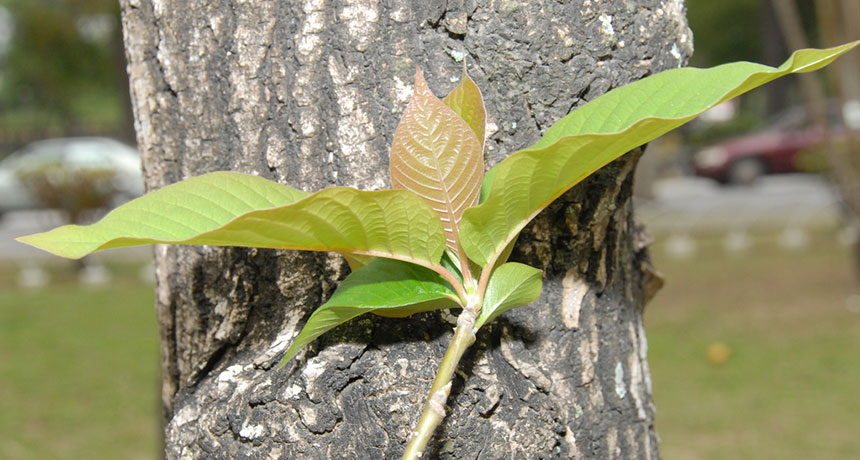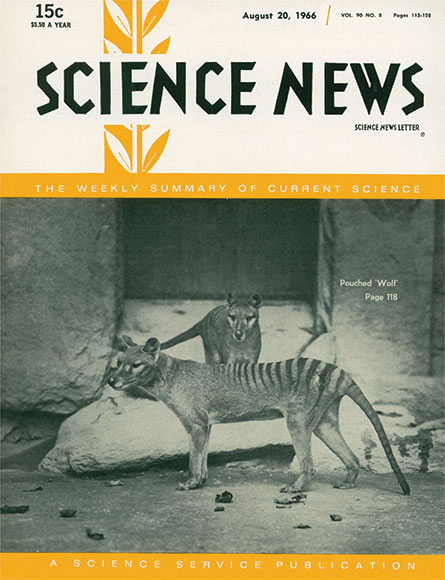Cancer drug came from traditional Chinese medicine
Excerpt from the August 20, 1966 issue of Science News

HAPPY TREE Doctors use synthetic versions of a compound derived from a rare tree — Camptotheca acuminata, used for centuries in traditional Chinese medicine — to treat cancer.
潘立傑 LiChieh Pan/flickr (CC BY-NC-SA 2.0)








